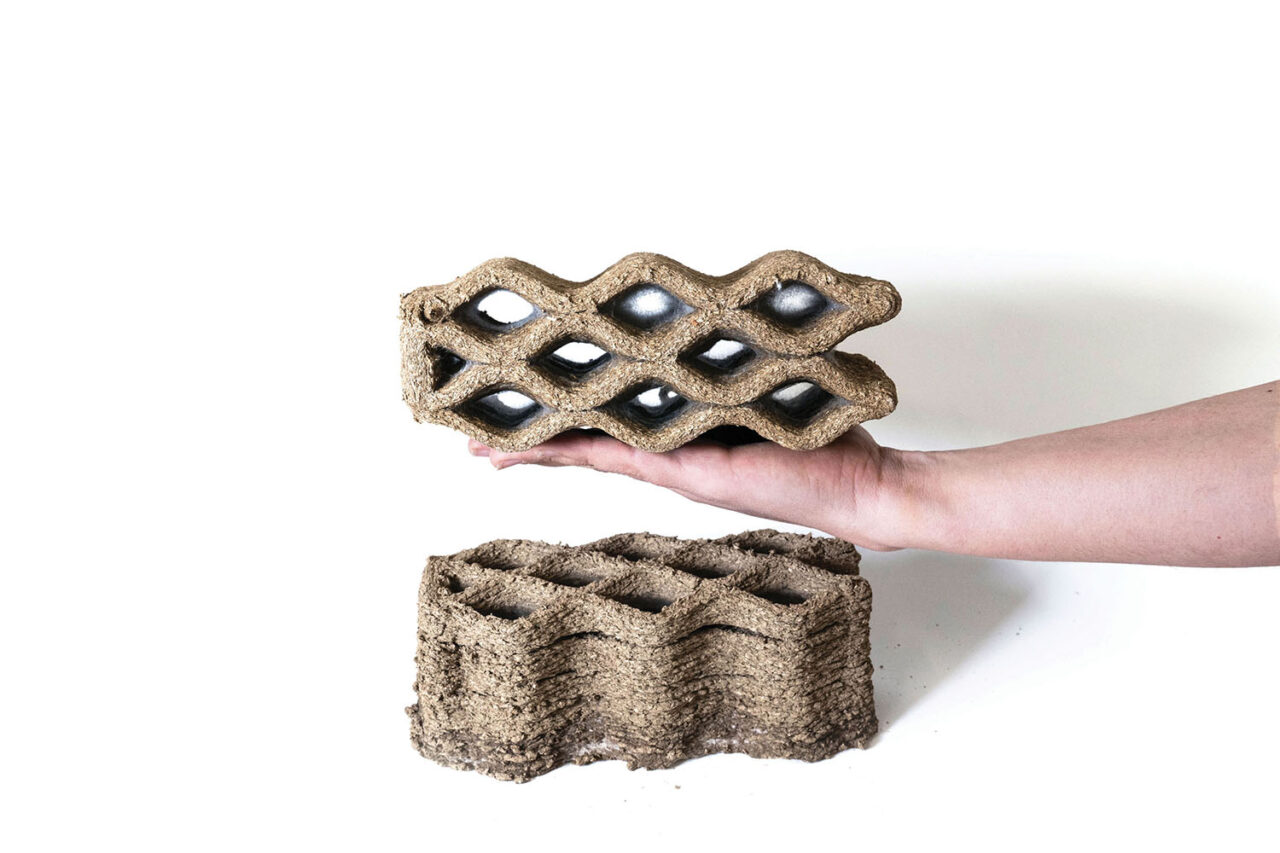
According to the International Labour Organization, a UN agency, construction and manufacturing are the largest industrialized sectors at the highest risk of forced labor in the world. At the same time, supply chain issues and sustainability goals are changing how and where architects and their collaborators source building materials. In this issue, we look at the systems and processes by which materials come into and leave our built environments. Who are the organizations and people ensuring that materials enter the supply chain ethically and sustainably, and what roles can architects take in the process? Read on for stories of design professionals who are leading the world of building materials to a more sustainable and socially responsible place.
Trust the Process
When it comes to today’s new building products, some of the most compelling innovation is happening through startup and academic organizations working outside traditional approaches.
by Rita Catinella Orrell
Building Responsibility
Three years into a new movement to eliminate forced labor from the built environment and its supply chains, how are industry leaders putting their goals into effect?
by Beth Broome
Circularity: Design for Deconstruction, Not Demolition
Replacing rubble with reuse calls for creativity in redeploying materials, organized approaches to material information, and realistic incentives. Circular thinking and the patient practice of deconstruction can bring the built environment closer to nature’s zero-waste condition.
by Bill Millard
















